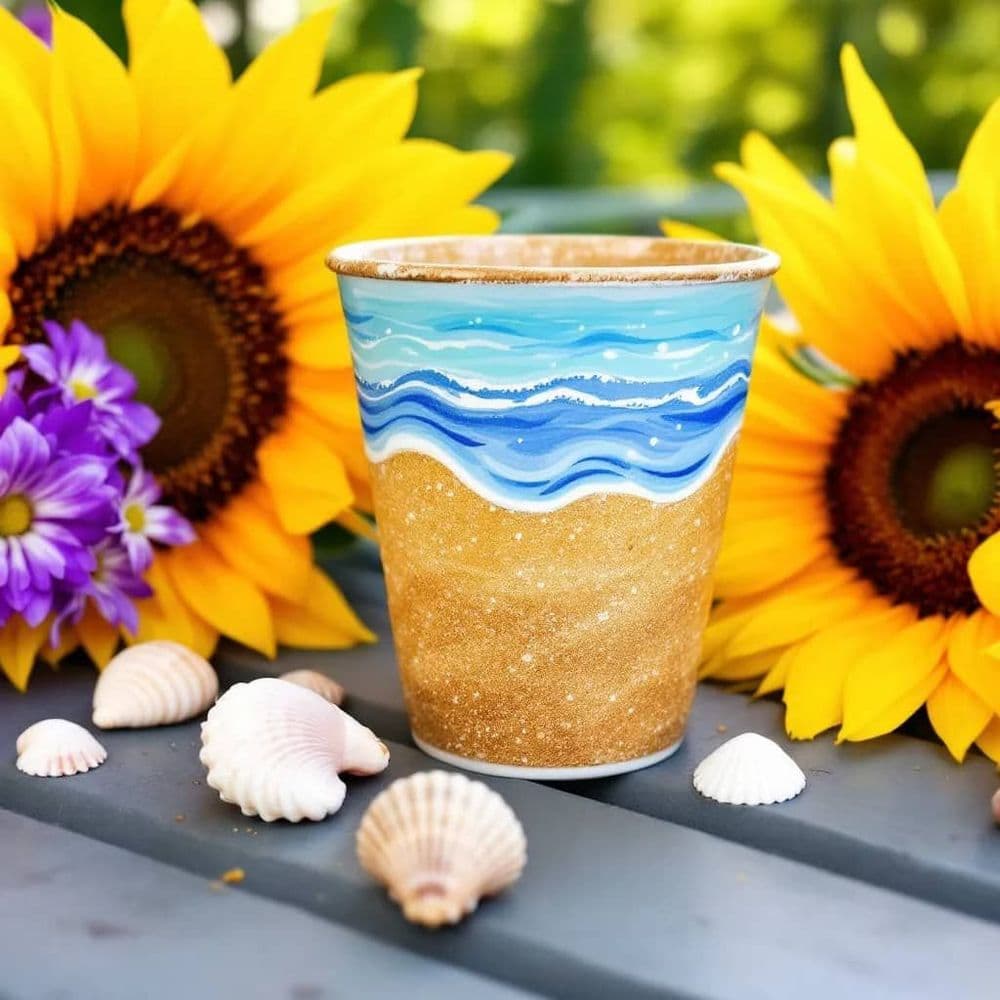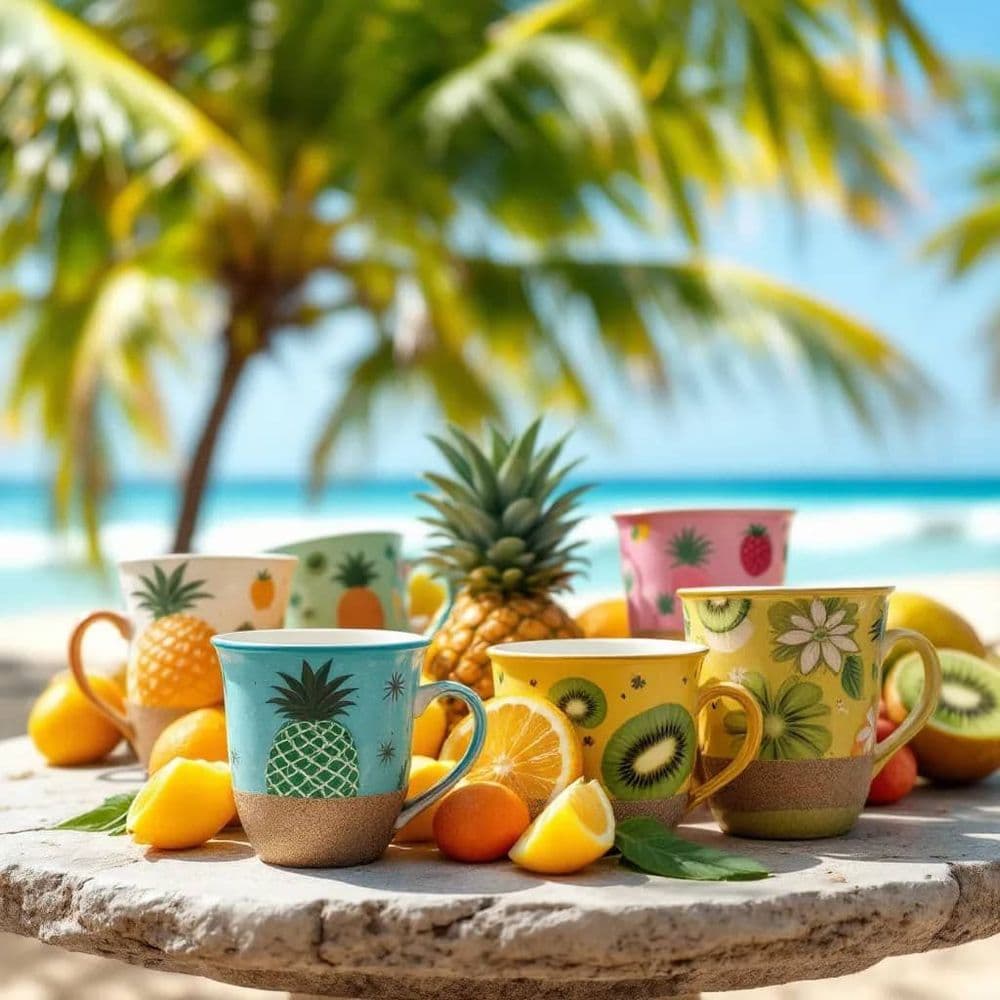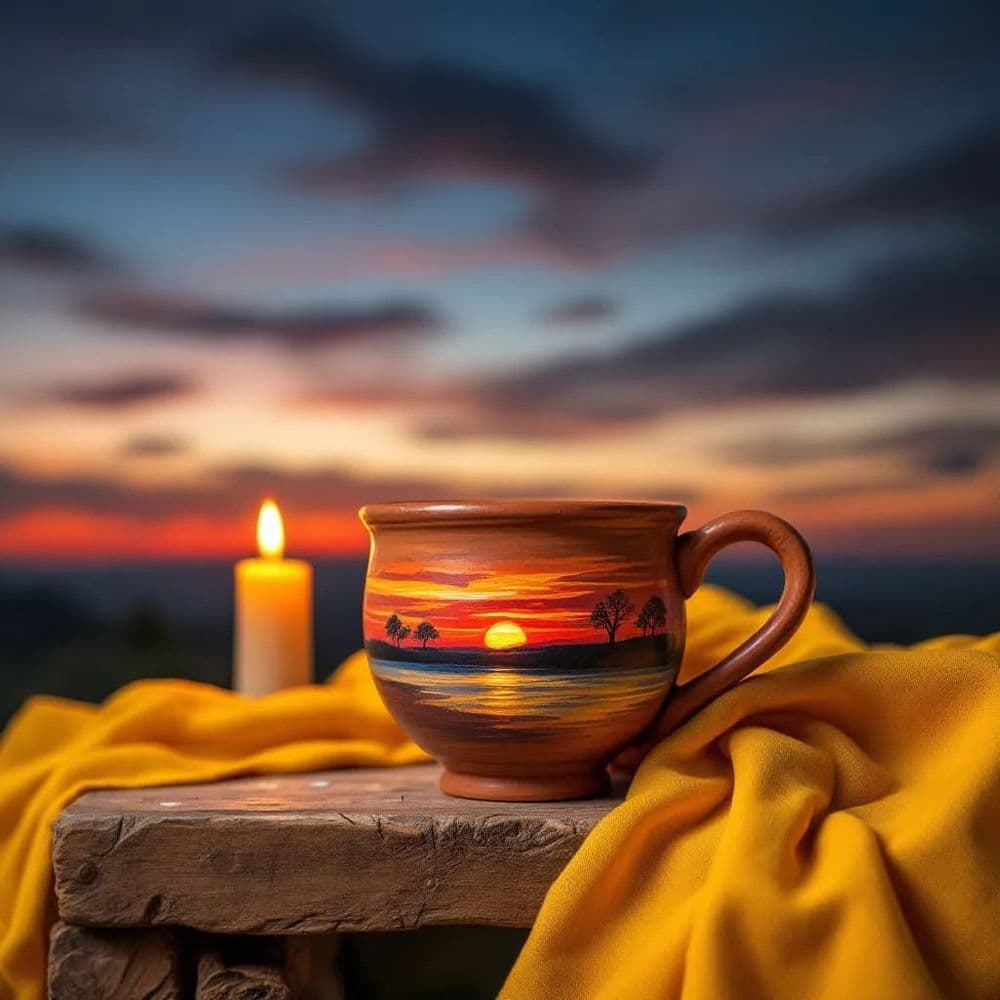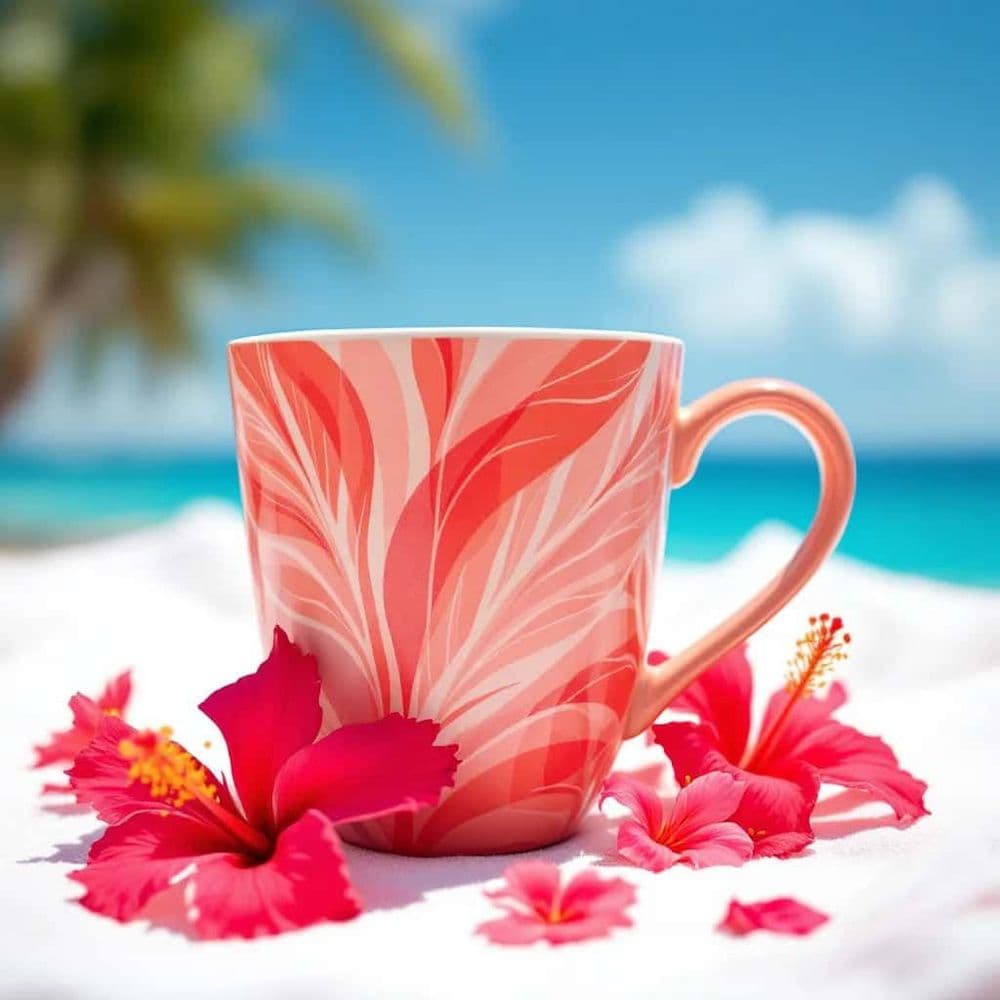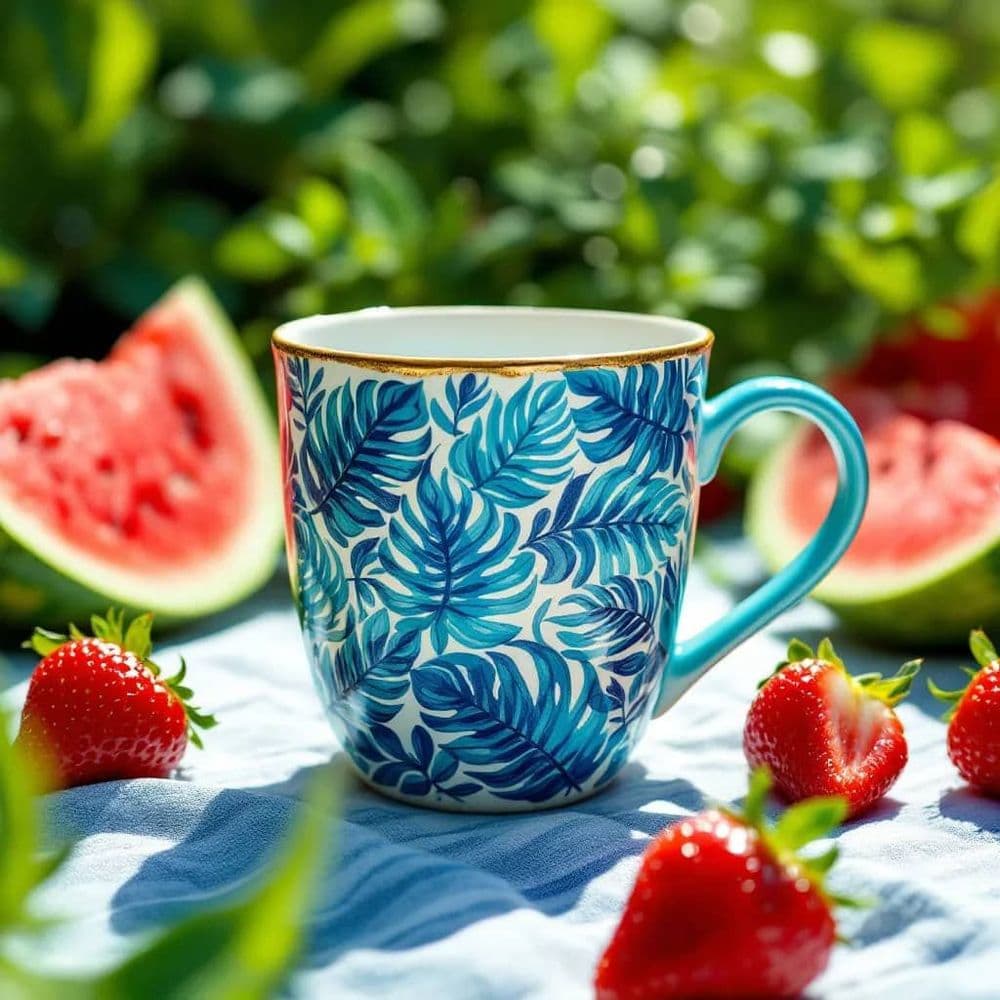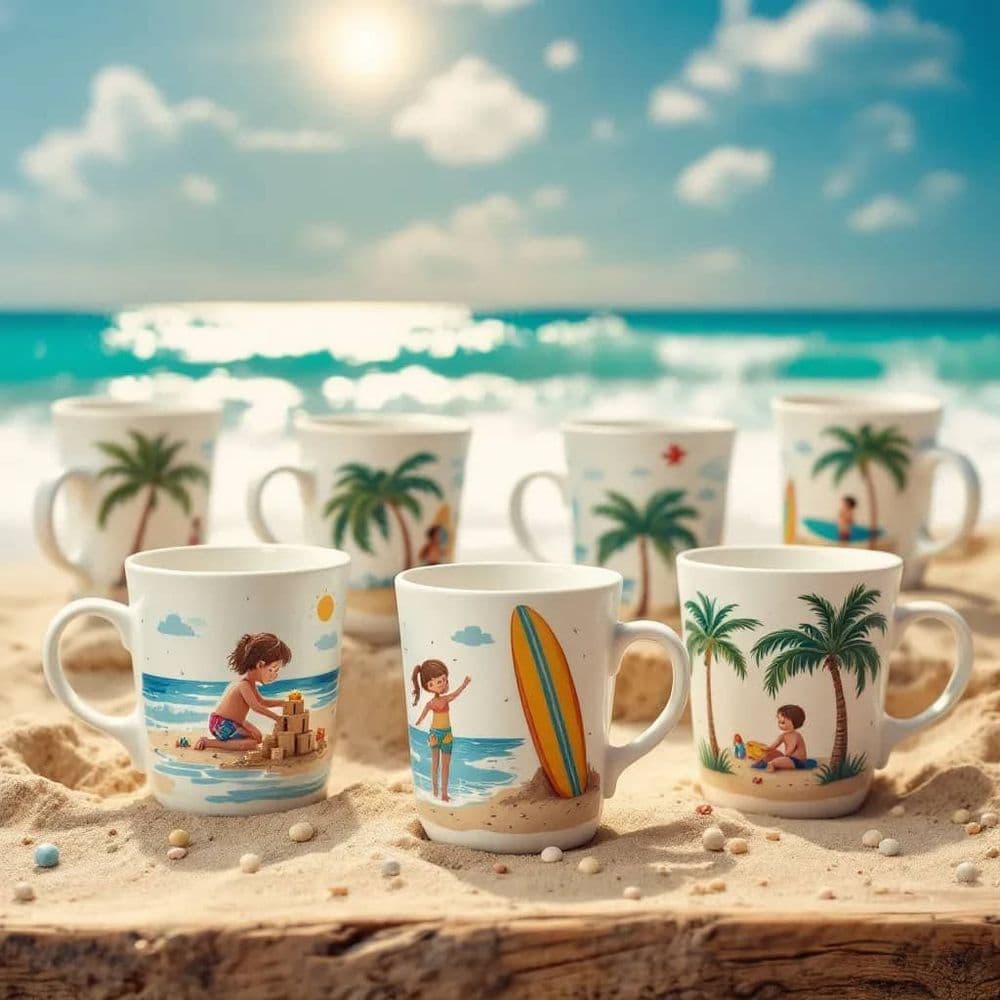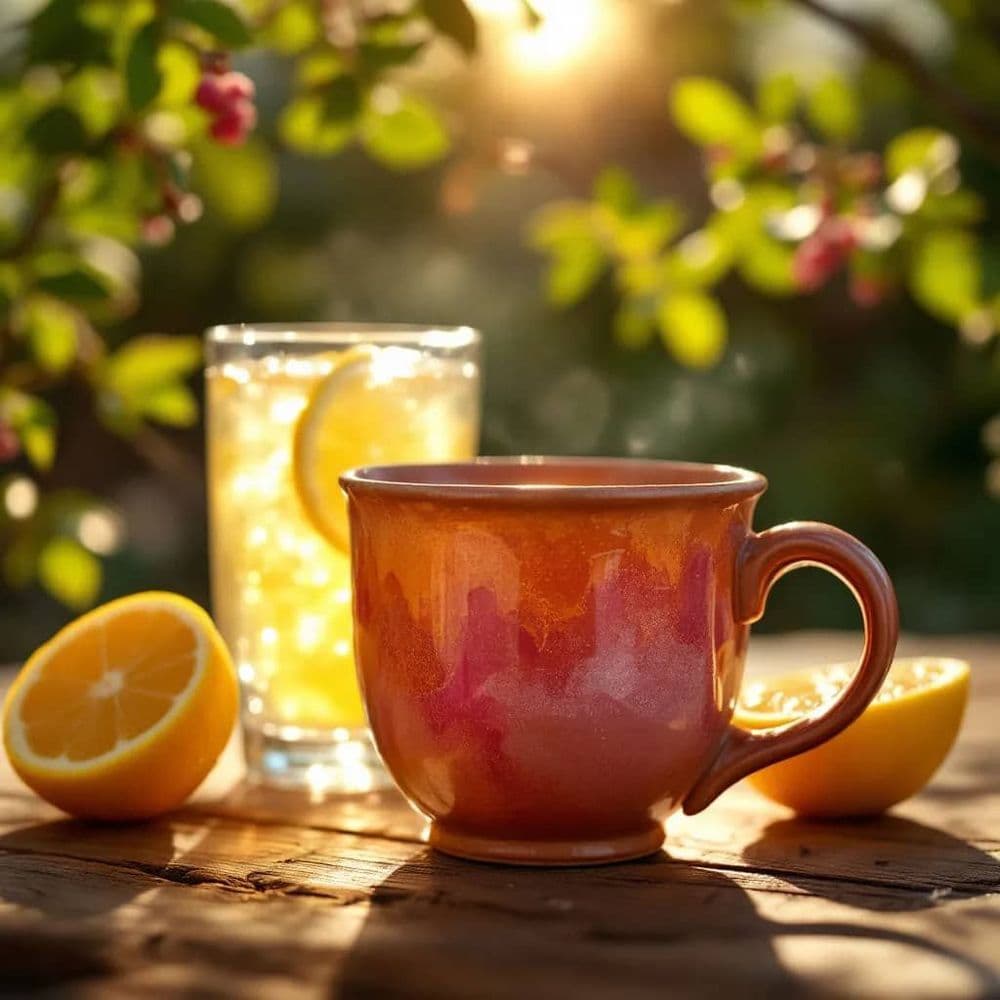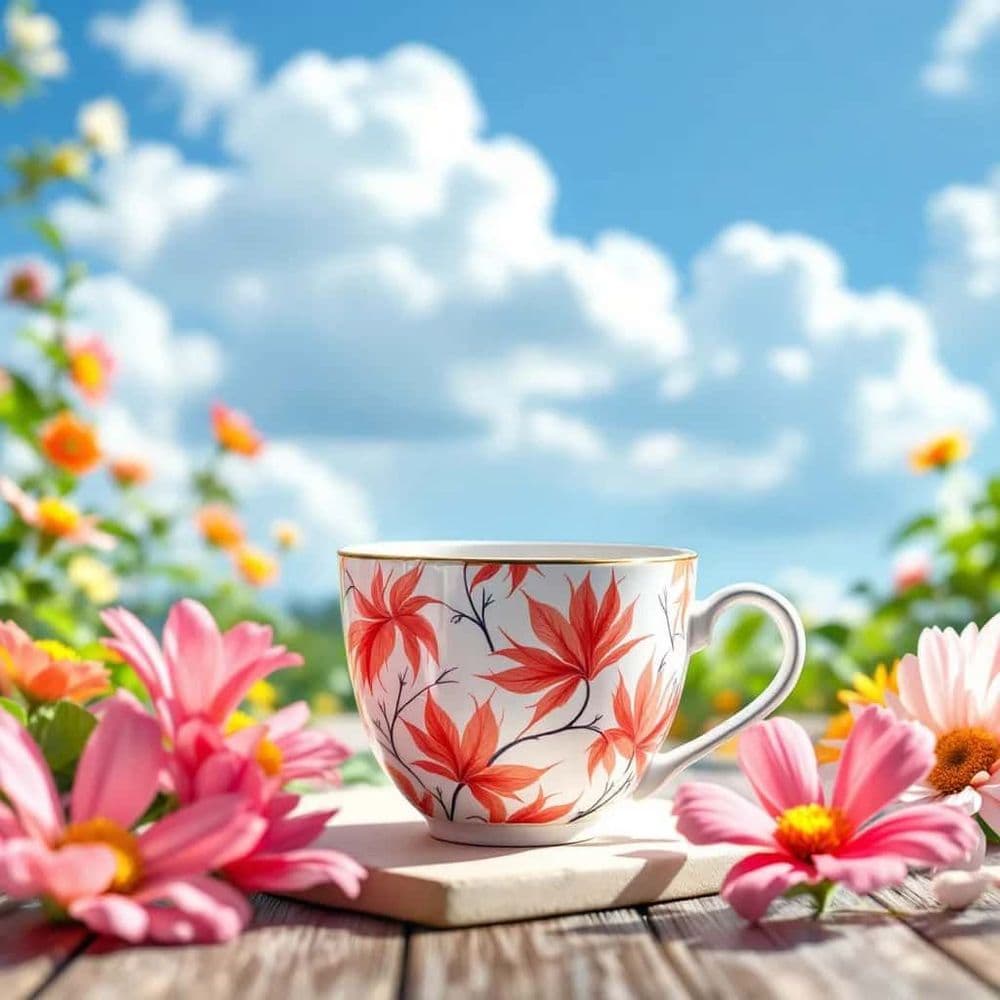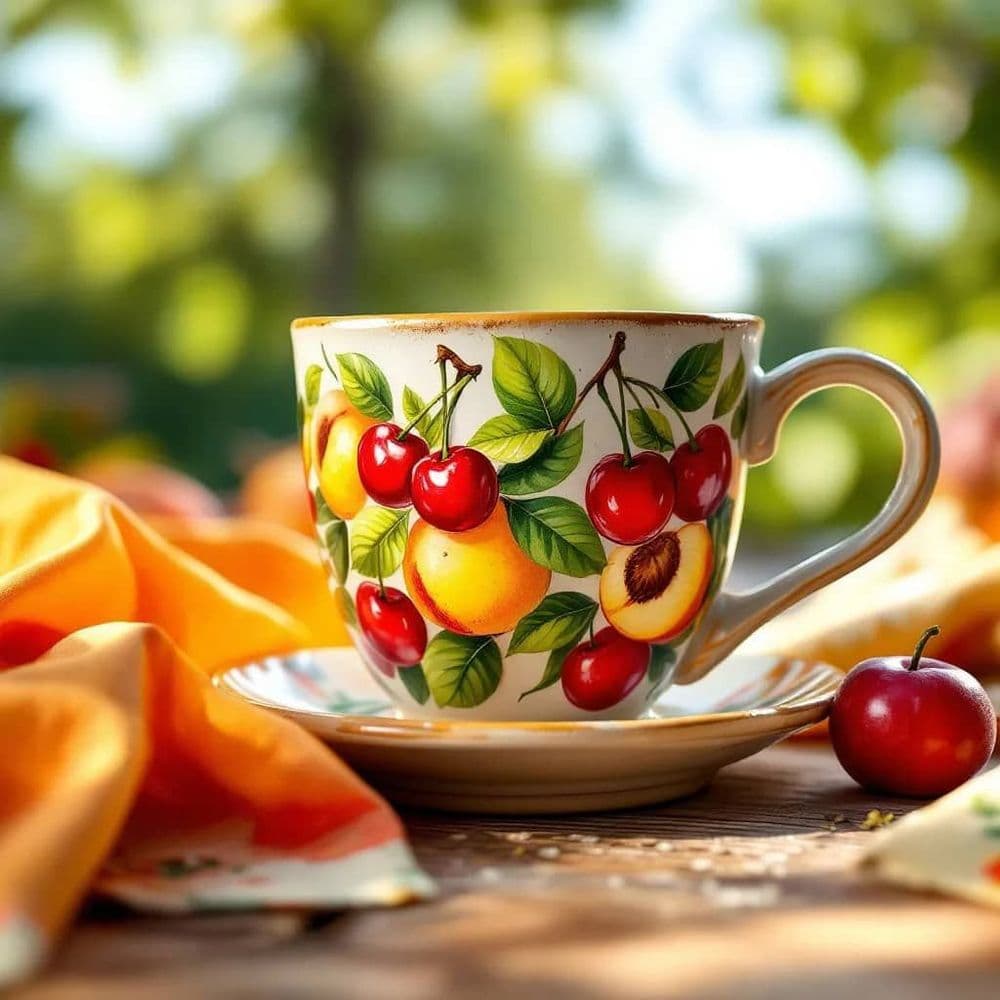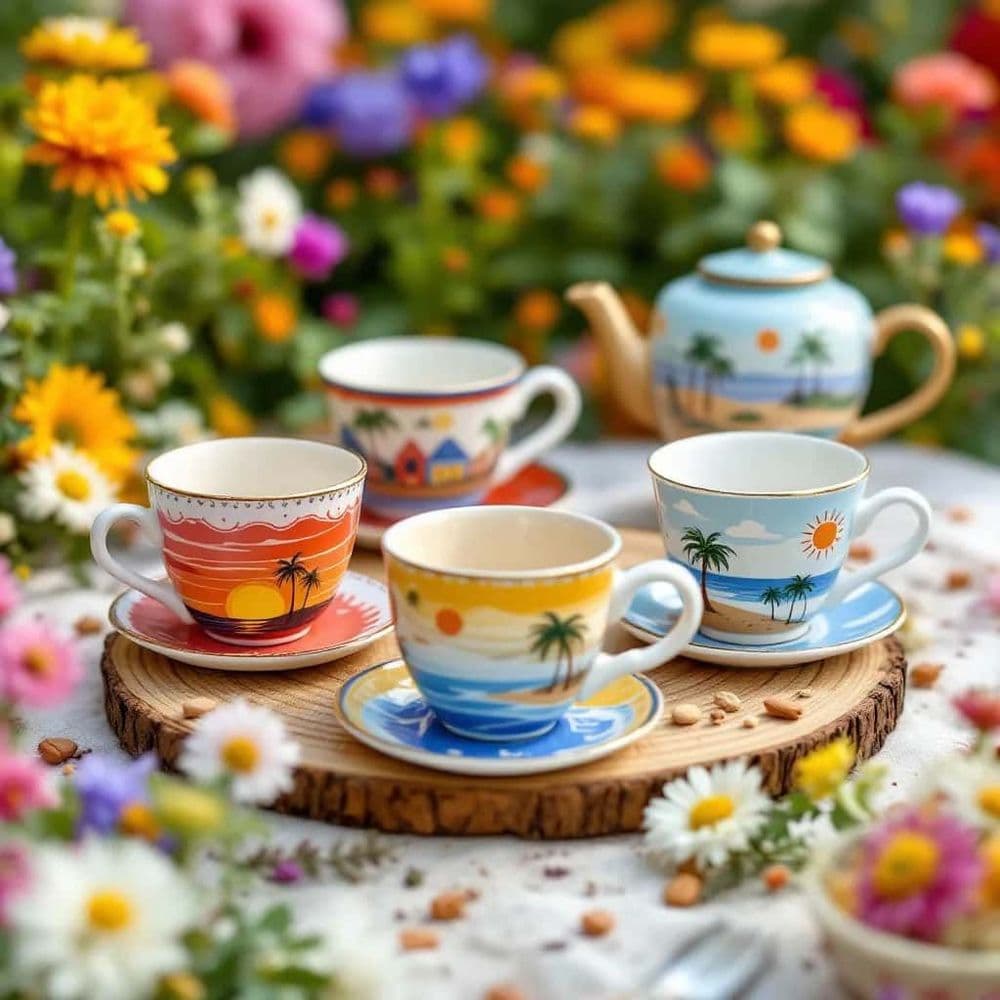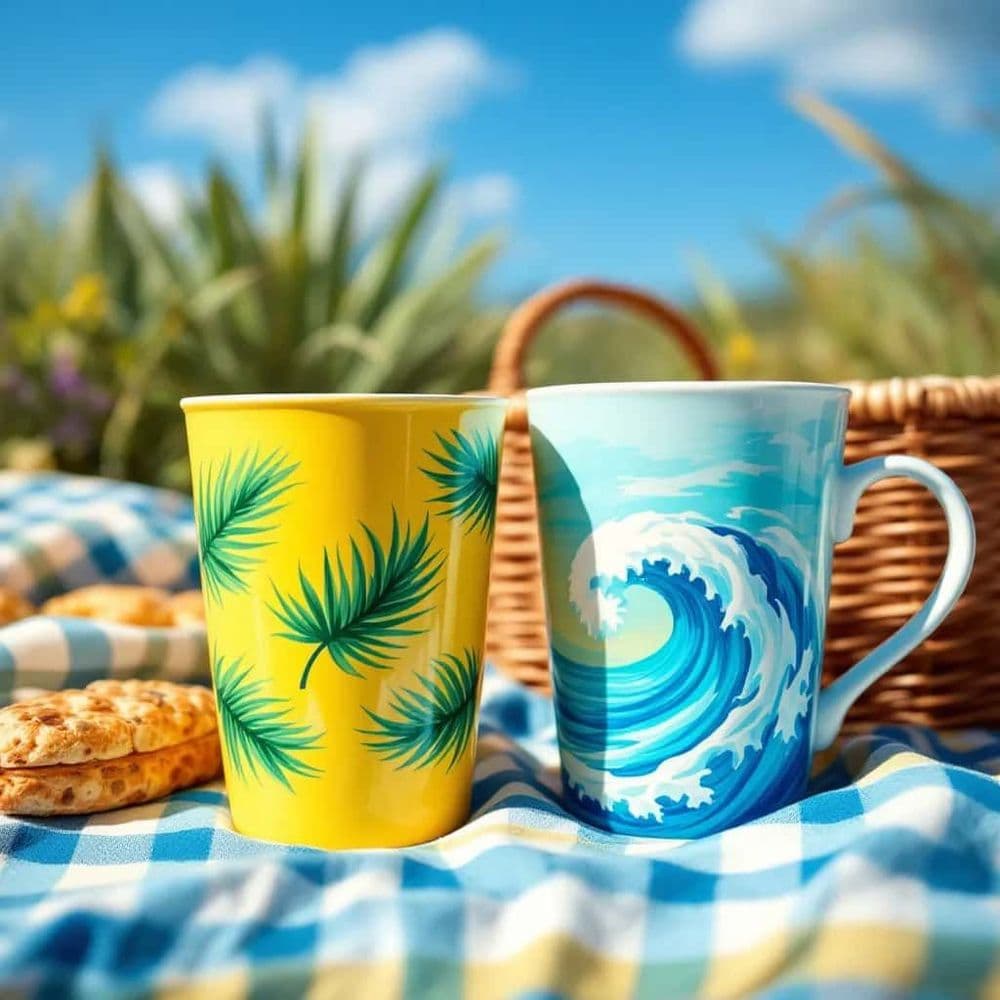
The Future of Product Photography: How AI Is Changing the Game

Anna Nazarova • February 27, 2025
AI product photography is reshaping e-commerce. Tools like Midjourney, Flair.ai, Pebblely generate cost-effective visuals, but accuracy, trust, and ethics spark debate. Photographers adapt AI for backgrounds, editing, and 3D.
Artificial intelligence (AI) is making waves in almost every creative field — and product photography is no exception. For some photographers, AI represents an exciting new toolkit that can streamline workflows, inspire fresh creative ideas, and deliver eye-catching results. For others, it sparks anxiety: Will AI-generated images replace human photographers? Are we headed toward an era of “fake” product visuals that mislead consumers?
Below, we’ll explore:
- Why AI has become such a hot topic in product photography.
- The biggest concerns professionals have — like accuracy issues and trust.
- Real-world workflows, tools, and success stories (including bulk mode generation for different backgrounds).
- Future trends and what skills photographers need to stay competitive.
Whether you’re a seasoned shooter or an e-commerce entrepreneur looking for cost-effective imagery, read on for a comprehensive guide to AI’s role in product photography right now.
1. Why AI Is Causing a Stir in the Product Photography World
1.1 The Promise of Cost and Convenience
One of AI’s biggest selling points is cost reduction. E-commerce brands, small businesses, and influencers often have tight budgets; the idea of generating professional-looking images without an expensive studio or a pro photographer is tempting. AI image generators, such as Midjourney or specialized apps like Pebblely or Flair.ai, promise to whip up ready-to-use product shots in minutes—often at a fraction of the cost.
On Reddit, budget-conscious posters sometimes ask, “How do I replace my photographer with AI?”—leading to strong reactions from professional photographers who feel sidelined. Many established pros argue that real craftsmanship and nuanced lighting can’t be faked by a quick AI prompt. However, it’s undeniable that the perceived cost savings drive plenty of curiosity about AI.
1.2 The Fear of Job Replacement
Photographers worry that AI-generated images might undervalue or completely replace their work—especially at the lower end of the market. Indeed, some on r/productphotography have said:
“If a client doesn’t want to pay for quality, AI can have them.”
This sentiment reveals both a fear and a certain acceptance that AI could take over the most budget-driven segments—those who previously only paid pennies for simplified product shots. Still, the community widely believes high-end, brand-conscious clients will keep investing in top-tier photography for accuracy, authenticity, and reputation.
1.3 Rapid Tech Advances and the ‘Hype vs. Reality’ Debate
The technology behind AI image generation is evolving fast. A year ago, AI struggled to produce anything close to a polished product shot. Now, it can generate near-photorealistic images—albeit with flaws (think odd reflections or extra fingers on models). Some pros in the subreddit predict that in another year, these quality arguments “will be history.” Others remain unconvinced, calling AI “a giant fad.”
- Optimists say AI is revolutionizing product photography.
- Skeptics consider it overhyped, pointing to persistent inconsistencies.
Most land somewhere in the middle, adopting a “watch and see” approach while trying out AI in select parts of their workflow.
2. Key Concerns: Accuracy, Trust, and Ethics
2.1 Accuracy Issues and Misrepresentation
Product photographers emphasize that accurate depiction of the product is non-negotiable—especially for premium or luxury brands. AI often “hallucinates” details that aren’t there or warps textures slightly:
- Adding (or removing) stitches, logos, or intricate design details.
- Getting colors wrong (dangerous for fashion and decor items).
- Messing up brand-critical elements (e.g., the signature shape of a luxury handbag).
In r/productphotography, professionals share horror stories of AI images producing subtle but glaring inaccuracies—like a foot “turning into a cloven hoof” on a supposedly perfect model photo. They warn that if a product is misrepresented, customers feel deceived and returns (or legal ramifications) spike.
2.2 Consumer Trust: Real Photos vs. AI
Another big worry is the erosion of trust. Some forum users say if they learn a company used only AI to advertise a product, they’d be suspicious the item might not match the imagery. Others argue most consumers won’t notice or care, as long as the final image looks realistic enough. Still, the consensus is that:
- Transparency matters: be clear if an image is entirely AI-generated or if only backgrounds are AI.
- Accuracy is crucial: “Don’t promise a design element that doesn’t exist.”
- Genuine photography often confers credibility, especially for discerning or luxury shoppers.
2.3 Ethical and Regulatory Concerns
If AI imagery drifts into false advertising territory, that spells legal trouble. In the U.S. and many other markets, laws prohibit misleading product representation. A product photo that AI has subtly altered—like adding a textured pattern that isn’t there—can backfire on the brand.
Photographers on Reddit highlight the risk:
“For a $30,000 handbag, any difference from the real product could destroy client trust forever.”
Hence, product photographers stress using AI responsibly. While it’s powerful for “conceptual” or lifestyle backgrounds, the core product must remain faithful to reality.
3. AI Tools and Techniques Photographers Are Really Using
Contrary to the “AI vs. Photographer” narrative, many r/productphotography members have begun integrating AI. They see it as a tool to enhance efficiency, spark creativity, or handle repetitive tasks—rather than a total replacement for a skilled shooter. Below are some of the most talked-about solutions and workflows:
3.1 Image Generators (Midjourney, Stable Diffusion, DALL-E)
- Midjourney: Popular for generating backgrounds or conceptual scenes. Photographers then shoot the real product on a white background and composite it into the AI-created setting.
- Pros: Rapid creation of unique backdrops or themed scenes.
- Cons: Doesn’t precisely replicate the product from your reference photo. There’s a learning curve for writing detailed prompts.
- Stable Diffusion: More tech-savvy members train custom models (via LORA modules) on specific product shots. This helps produce more accurate images that retain key details.
- Pros: Flexible, open-source, can refine a model for your brand’s needs.
- Cons: Requires technical skills, computing power, and time to train effectively.
- DALL-E: Similar to Midjourney but with different strengths in text interpretation. Some photographers find DALL-E’s “Generative Fill” approach in Photoshop (via Adobe Firefly) helpful for background expansions or object additions.
3.2 Dedicated AI Product Photography Apps
A host of SaaS tools have emerged claiming to offer one-click solutions for product images. Among the names that surface repeatedly:
- Flair.ai: Drag-and-drop scene creator, user-friendly for quick results.
- Pebblely: Known for simple background generation; it’s fast but can compress images if you don’t adjust settings.
- Mokker.ai: Aims for realistic compositing, often used for product lifestyle images.
- ProductScope.ai: Praised for embedding products in lifelike backgrounds, though free trials can be limited.
- Claid.ai: Some rely on it for AI-powered upscaling and background generation—though occasional “fail” outputs happen.
- PhotoRoom, Canva: Both incorporate AI background removal and generation features. Often used in tandem with photography to produce multiple variations.
Bulk Generation Tools
Notably, some platforms—like BulkImageGeneration.com—enable photographers to create images in bulk, generating entire sets of product visuals with different backgrounds or settings in a single workflow. This is especially useful for e-commerce sellers who need lots of variations—e.g., seasonal looks, color-based scenes, or quick event-themed backdrops—all without multiple individual sessions.
3.3 Compositing and Editing Tools
Photoshop (especially its new Generative Fill beta), Canva, and ClipDrop are also part of the puzzle. Users mention:
- Canva for easy layering of AI backgrounds behind product PNGs.
- ClipDrop Relight feature to tweak lighting so the product matches the background.
- Photoshop Generative Fill to remove or add background elements, expand scenes, or refine edges.
While these are not “one-click fixes,” they help integrate AI’s best outputs with a photographer’s real product shots—balancing speed with authenticity.
3.4 3D Rendering and Virtual Photography
In some product segments (furniture, automotive, electronics), 3D renders are already standard. The line is blurring between AI and CGI:
- AI can create or refine a 3D model from your product images.
- Tools like Blender or Cinema 4D can then place that product in any environment.
The Reddit community advises photographers to learn basic 3D modeling, as demand for “virtual product photography” is expected to grow. “You might scan a product once and generate infinite angles and backgrounds,” one user explained.
4. Where AI Shines—and Where It Falls Short
4.1 Ideal Use Cases for AI
- Background Generation: Quickly designing lifestyle or thematic backgrounds, especially for seasonal promos.
- Batch Editing & Cropping: Automating repetitive tasks like background removal, color matching, and resizing.
- Concept Mockups & Inspiration: Brainstorming creative angles or set designs before a real shoot.
- Additional Variations: Generating extra marketing images once you have accurate base shots of the product.
- Bulk Generation: Creating many images at once with different themes or settings (useful for e-commerce shops needing large volumes of content).
4.2 Pitfalls and Limitations
- Inconsistent Detail: AI can still produce weird artifacts, especially with intricate product features or text.
- Accuracy & Trust: Any mismatch between AI visuals and the real product can lead to returns, brand damage, or regulatory issues.
- Technical & Time Costs: Training custom models or iterating prompts can be time-intensive—not exactly the instant fix some imagine.
- Ethical Gray Areas: Consumers may feel misled if a brand relies entirely on AI with no actual product photo at all.
5. Community Debates and Future Predictions
5.1 Bottom-Tier Clients vs. High-End Brands
One frequent theme:
- Low-budget clients: More likely to embrace AI-only solutions. They’re already looking for rock-bottom photo costs.
- High-end and luxury: Care deeply about brand image, so they still want real photography to ensure no detail is misrepresented.
Photographers on r/productphotography often say, “Cheap clients can go to AI. Serious clients will pay for craftsmanship.” However, some wonder if mid-range e-commerce might accept “good enough” AI, especially if they churn out new products fast (e.g., fast-fashion brands).
5.2 Timeline: Is Full Automation Imminent?
- AI Enthusiasts: Predict that in a year or two, AI will handle most routine product shoots, with minimal human intervention.
- Skeptics: Point to ongoing quirks—fudged details, weird lighting, the need for multiple retakes. They think AI can’t truly replicate a carefully lit, meticulously art-directed shot.
A more balanced view is that partial automation is already here. Many photographers have seamlessly integrated AI for background tasks. Complete replacement is less likely—at least until AI can reliably and accurately replicate complex, brand-specific details on demand.
5.3 The 3D Factor
Many professionals believe 3D rendering—sometimes combined with AI—is an even bigger game-changer than 2D generative AI alone. In industries where products are uniform or digital (e.g., furniture, tech gadgets), photorealistic 3D can replace many photos. Photographers who expand into 3D modeling, scanning, and lighting will have an advantage in the years ahead.
5.4 Professional Differentiation
As AI tools become more accessible, how do photographers stand out? The community consensus is:
- Master the craft: High-level lighting, composition, color accuracy, and post-processing will always be in demand.
- Offer unique creative direction: AI can mimic styles, but human-led storytelling and brand-focused art direction remain valuable.
- Become an AI “wrangler”: Learn how to prompt and fine-tune AI so you can offer AI-augmented services to clients.
- Learn 3D: Integrate CGI elements for truly immersive product imagery that AI alone cannot replicate yet.
6. Best Practices for Incorporating AI in Product Photography
If you’re thinking about using AI for your product shots—whether you’re a brand owner or a pro photographer—these tips, drawn from real Reddit discussions, can help:
- Start with Real Product Photos
- AI struggles to precisely recreate your specific product if it has never “seen” it. High-resolution photos on plain backgrounds give the AI (or your composite workflow) a true reference.
- Example: Shoot a crisp 360° set of images, then use an AI tool like Pebblely or Flair.ai to generate backgrounds.
- Check for Hidden Errors
- Zoom in on details. Watch for warped labels, missing brand logos, or bizarre texture changes.
- If you’re generating on-model shots, pay special attention to hands, feet, and joints—common AI slip-ups.
- Use AI as a Background/Scene Generator
- Keep the product real, but let AI handle the set or environment. This approach significantly reduces risk of misrepresentation.
- Apps like Midjourney or Stable Diffusion can produce endless lifestyle backgrounds —beach settings, holiday decor, etc. — that would otherwise be costly to shoot in real life.
- Bulk Generation
- If you need many variations—different angles, background themes, or seasonal looks—consider a tool like BulkImageGeneration.com.
- Bulk generation lets you quickly produce multiple versions of your product in various contexts. Perfect for e-commerce stores that swap promotions frequently.
- Edit with Care
- Tools such as Photoshop (Generative Fill), Canva, or ClipDrop help you seamlessly composite your real product image with an AI-generated background.
- Adjust lighting, shadows, and color grading so the final image looks cohesive.
- Be Transparent
- If you’re using entirely AI-created images to represent a product, clarify that these are “digital renderings” or “AI composites.”
- This fosters trust, avoids misleading claims, and protects you from backlash if an image’s accuracy is questioned.
- Keep a Human Touch
- Ultimately, a skilled photographer knows how to position, style, and light a product in ways that evoke the brand’s personality—something AI alone can’t replicate yet.
- Focus on creative direction, unique angles, or brand storytelling that sets your images apart from generic, AI-driven visuals.
7. Skills for the Next-Gen Product Photographer
Rather than ignoring AI, professional photographers are learning to adapt. Here’s where to focus your development:
- 3D Modeling & CGI: Tools like Blender, Cinema 4D, or KeyShot for product rendering.
- AI Image Generation: Midjourney, Stable Diffusion, DALL-E—understand prompts, training processes, and best practices.
- AI-Enhanced Editing: Master advanced features in Photoshop (Generative Fill), Lightroom, and retouching platforms that incorporate AI.
- Brand Strategy & Consulting: Offer deeper insights on branding, marketing, and consumer psychology—this is something no AI can fully replicate.
- Video & 360°: AI video and 360° product spins are emerging. Knowing how to shoot (or generate) short videos for e-commerce is a competitive edge.
Why These Skills Matter
Brands looking for product imagery increasingly want flexible assets—images, 3D mockups, short videos, AR/VR experiences. Photographers who can guide them through these mediums (including AI-driven ones) will stay relevant. You’re no longer just a “person with a camera”; you’re a visual solutions provider.
8. Looking Ahead: Trends to Watch
-
Explosion of AI Tools
The market is flooded with new startups promising AI product photo automation. Expect consolidations—only the truly useful, high-quality services will remain.
-
Partial Automation of Workflows
More hybrid pipelines: shoot a base set of product photos; use AI for additional styles, colorways, backgrounds, or seasonal campaigns. This saves cost and time while maintaining accuracy for the core product.
-
Integration with E-commerce Platforms
Shopify, Amazon, Etsy—they may soon bake AI image generation (or background removal) into their seller dashboards. Some Shopify apps already do it. This further democratizes AI’s reach.
-
Quality Gap Closing
AI models are rapidly improving. As each new version learns to handle tricky details (like text on labels, accurate color, or subtle textures), the line between real and AI images will blur.
-
3D & Virtual Photography
With advanced scanning and modeling, entire catalogs may go virtual. Photographers might pivot to capturing volumetric data and perfecting virtual lighting.
-
Ethics, Transparency, and Regulation
Policymakers could introduce guidelines around AI-generated product imagery to protect consumers from misleading visuals. Brands that overpromise with AI might face backlash.
Conclusion: Embrace AI—But Keep It Honest and Human
AI is already reshaping product photography, and the best approach seems to be coexistence—not replacement. On one hand, automation can:
- Reduce production costs for simpler, budget-conscious clients.
- Enhance creative workflows by generating backgrounds or concepts quickly.
- Streamline editing tasks like background removal or color correction.
- Multiply your visuals via bulk generation, saving time for seasonal or thematic updates.
On the other hand, real product photographers still excel at ensuring accuracy, brand storytelling, and building genuine trust. The r/productphotography community repeatedly highlights:
- AI can’t perfectly replicate the unique, tangible nuances of your product—especially if it’s never been photographed or modeled.
- High-end and brand-conscious clients demand authenticity they can rely on.
- AI is best treated as a tool—part of a skillset that also includes lighting, composition, editing, and understanding consumer psychology.
In other words, using AI effectively requires human expertise to prompt, refine, and ensure truthful representation. If you’re a photographer, consider adopting AI where it can speed up mundane tasks or expand your creative repertoire. If you’re a brand or seller, see AI as a complement—not a total replacement—for professional images that accurately reflect your product’s quality.
Want to stay ahead? Continue leveling up your photography skills, experiment with promising AI apps, learn some 3D basics, and offer unique creative direction. By doing so, you’ll stand out in a market where everyone else relies on cookie-cutter solutions. In the end, the future belongs to those who merge human artistry with AI’s capabilities—creating product images that are both cost-effective and truly compelling.
Additional Resources
- r/productphotography – Visit the subreddit for community discussions, tool recommendations, and real-world case studies.
- Flair.ai, Pebblely, Mokker.ai – Examples of specialized AI apps that generate backgrounds or entire product scenes.
- BulkImageGeneration.com – A service that enables bulk AI generation, perfect for creating many variations of the same product (different angles, backgrounds, or seasonal themes).
- Midjourney, Stable Diffusion, DALL-E – General-purpose AI image generators for creative compositing, with advanced potential via custom prompts or model training.
- Photoshop (Generative Fill) – Adobe’s growing suite of AI-powered editing tools for background replacement, object removal, and more.
- Blender – A free 3D software tool you can use to learn 3D modeling and rendering, valuable for “virtual photography.”
By staying informed and experimenting wisely, you can harness AI’s strengths and preserve the artistry that makes product photography so essential. Embrace the technology, adapt to new demands, and continue creating images that captivate customers—no matter how the tools evolve.
